Horses have lived with humans for many years. Some people keep them as pets, others use them for leisure riding, and some use them for plowing farming fields, pulling carts, and other heavy work.
If you are reading this, you are probably considering keeping a horse and are wondering, “how to build a horse stable?”
A horse lives in a stable. However, when setting up a stable, there are several things you should keep in mind so you can give your horse the safest and most comfortable home. Keep reading to find out more about creating the most efficient horse shelter.
The Fundamentals of a Horse Stable
A stable provides a safe and efficient habitat for your horse to live comfortably and away from harsh weather. A good design is, therefore, important if you hope to keep the animal healthy and happy. Let’s review some of the most important things to do when creating a space for your horse.
1. Think Long-Term With Your Stable Plans
When building a shelter for your horse, it is recommended that you plan a home for more horses. Sure, you may be planning to keep only one or two horses at the moment, but what will happen if you decide to add a few more on a whim? You won’t have any shelter for them!
People with horses almost always end up buying more horses. That is why it is important to build a few extra stalls than the number of horses you currently have.
Even if you don’t see yourself purchasing more equines any time soon, the extra stalls can always be used as storage space.
2. Build Bigger Horse Stalls
The recommended size of a horse stall is 12 ft x 12 ft. Of course, you don’t have to build something this big if you own one of these small horse breeds like the Falabella or Shetland Pony. These will live just fine in smaller pens.
Still, your stable should have enough room for the horse to comfortably lie down, stand up, and move about.
Think about the aisles too. Make sure there is adequate space for the horses to move from one stall to another or to a different area. You should also have sufficient room to saddle up the animals.
And keeping in mind that you may be required to haul bedding or unload feed from a utility tractor, make sure the aisles are wide enough so you can drive the vehicle through the barn with ease.
We recommend an aisle length of 12 ft and above. Anything less will leave the stable constrained, making mobility more difficult.
3. Give Some Thought to the Design of the Wash Bay
Horses need to be cleaned regularly to lower the risk of irritation and get rid of waxy secretions that may cause infections. Instead of tying the animal to a tree, experts recommend having a well-designed wash area inside the barn. With an in-house wash bay, you can bathe your animals any time without worrying about the weather.
That said, the first factor you need to consider when mapping out the wash area is the location. Because water is involved, you will want your wash bay located away from feeding and sleeping areas and from riding arenas.
If possible, try setting it up near the restroom or laundry facilities. It will save you plenty of money because water and sewer lines are already installed. However, do not forget the drainage; your wash rack should be situated at a high point where water can freely run downhill.
Another important thing to pay attention to is the flooring. Use a concrete slab and score the top with a rake or broom to prevent slipping.
Sure, concrete may be a little pricey, but it will provide a long-lasting surface for cleaning your horses. Gravel could be a great alternative because it drains well, but most equines do not like to stand on rough flooring for a long time.
Make sure you have a good drainage system for wastewater and keep it free of hair and droppings to avoid clogs.
Lastly, consider the wash area’s size. A small wash bay will not only be inconvenient for you but also dangerous. Remember, not all horses have a calm temperament; you really don’t want to be in a constrained space with a disorderly animal.
Consider having your wash bay 12 ft x 12 ft or bigger with built-in rails. Space this size will be enough not only for the horse to move around but also for you to easily and safely clean parts that are hard to reach.
4. Ensure the Stable Has Sufficient Airflow
Just like the home you live in, your horses’ home should have a good ventilation system to kick stale air out and bring fresh air in. Otherwise, how will the moisture produced by the manure leave the structure?
For that reason, consider installing 1 or 2 ft overhangs with vented soffits. Having these on the side of the barn will suck the warm, humid air from inside the horses’ shelter and release it outside through the ridge vents on the roof.
If you live in a hot, dry area, you may want to top up the overhangs with a fan. Ceiling fans, portable fans, or a large fan unit will go a long way in regulating airflow and keeping the stable cool.
It is also important to have large doors and windows. However, if you want to use these as a ventilation system, you will need to place them strategically based on the direction of the wind. Keep them evenly distributed and know which ones to keep open for the best ventilation.
5. Don’t Forget the Tack Room
Every great stable has a room to store horse blankets, saddles, bridles, cleaning equipment, and other related items, commonly known as the tack room. Make sure it is set at a place that is dust-free and it has enough space to accommodate everything you need to store in it.
6. Use Natural Lighting
The reason we recommend having huge doors and windows is not just for ventilation; it is also for lighting. Large doors and windows will provide ample natural light. Not to mention they are an energy-efficient choice that can help bring down the stable’s cooling and heating costs.
7. Include a Mat System
Your wash bay floor is not the only one you need to think about when building a stable; you should also pay more attention to your stall and aisle flooring.
For the stalls, use granular material at the base and cover it with rubber mats. It will provide more comfort. And for the aisles, use concrete and brick pavers.
8. Do Not Store Your Hay In the Stable
For the safety of the stable and that of your horses, avoid storing your hay inside the barn. Set up a structure nearby and store it there. Why, you may ask?
Hay in stables can combust and catch fire, and because this happens so quickly, there will be very little time to do anything that can possibly save your barn and the horses. It’s a rare occurrence, though, but it is always better to be safe and sorry.
Curious to know why hay catches fire? Watch this.
Why Are Stables Important In a Horse Farm?
While you don’t necessarily need to have a stable to keep a horse, stables are beneficial both to the horses and their owners. Here is why.
- Stables provide a safe resting place for sick or injured horses
If one of your horses gets injured or contracts a contagious disease, it will be easier to treat it in a stable. Horses are herd animals, thus, without a stable, it would be difficult to isolate the sick horse from the healthy ones.
- With a stable, you are able to control your horses’ diet
Some horses may become obese if they are left to graze freely on rich pasture grass. Since such horses will need constant diet monitoring, it is much easier to feed them separately in a stable. You will be able to serve them a specific amount of hay and foods so they are consuming only the right amount of minerals.
- You are able to keep the horse from elements
While horses are naturally uncaged animals, and will typically withstand extremely cold or hot weather, some breeds require protection from harsh weather. Arabian horses, for instance, do not tolerate very cold temperatures well and should be raised in a stable to keep them from the elements.
The Takeaway
Horses, like many domesticated animals, need a place to live not only to keep them safe and comfortable but also to ensure they consume the right vitamins and minerals.
If you came here because you wanted to know where a horse lives, hopefully, we have provided the answer you were looking for. And when you finally decide to build your first horse shelter, make sure to use the pointers we have provided. It will go a long way in ensuring a safe, comfortable home.
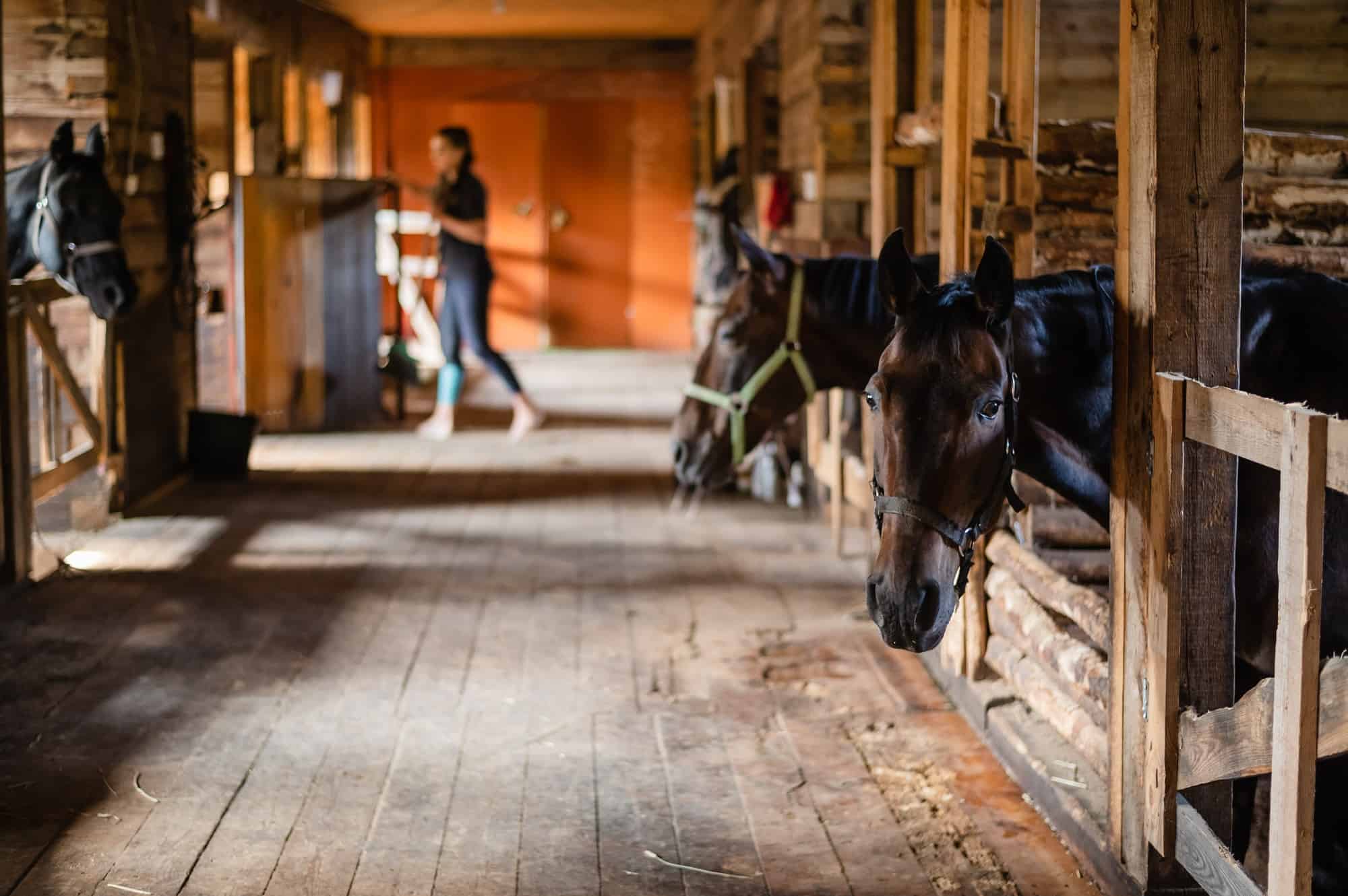
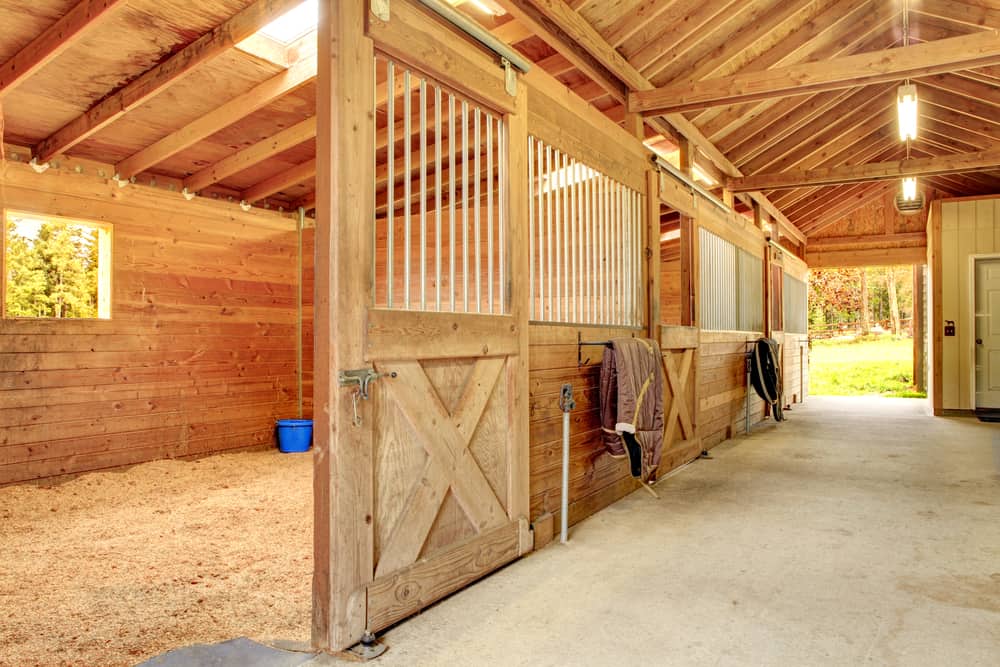
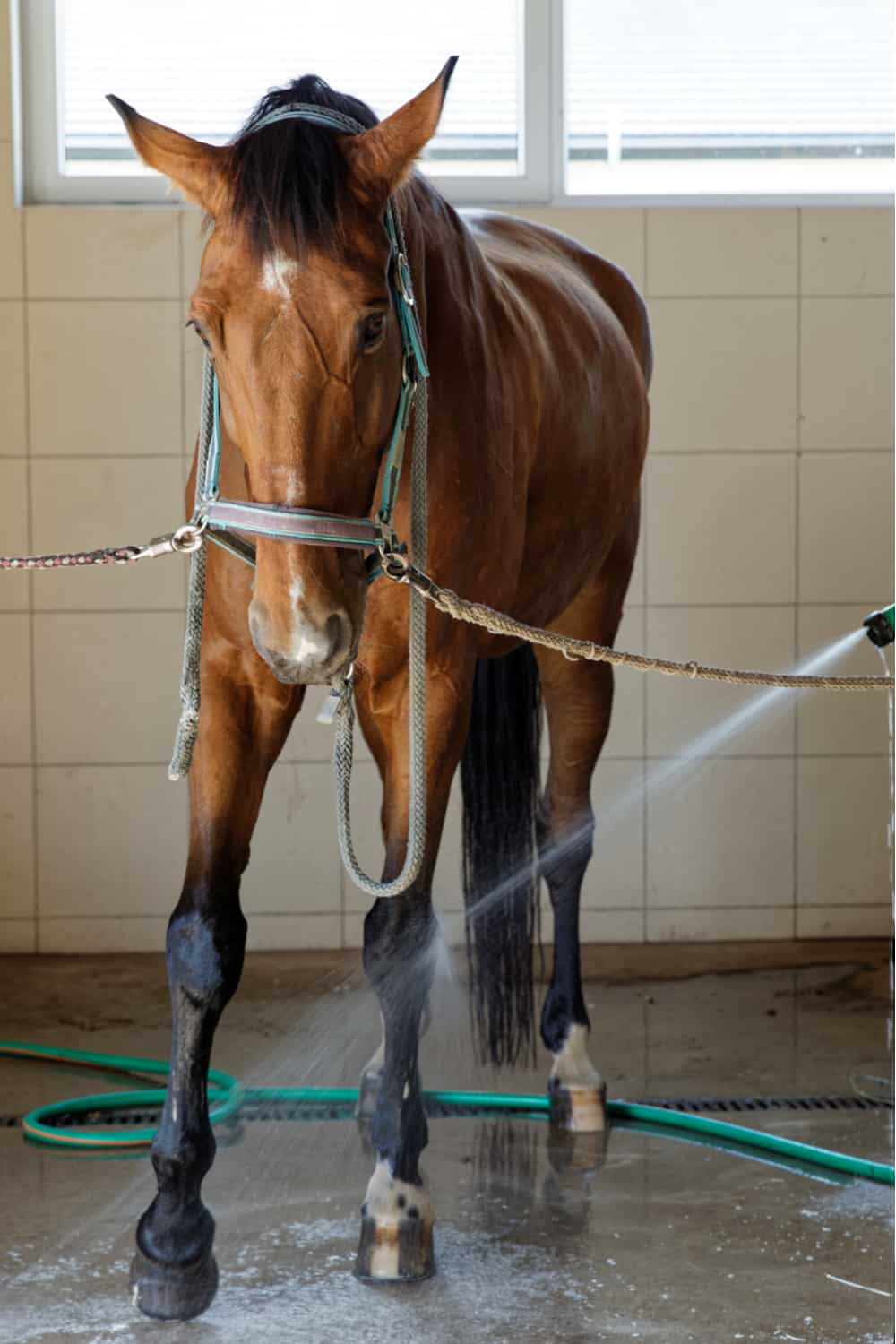
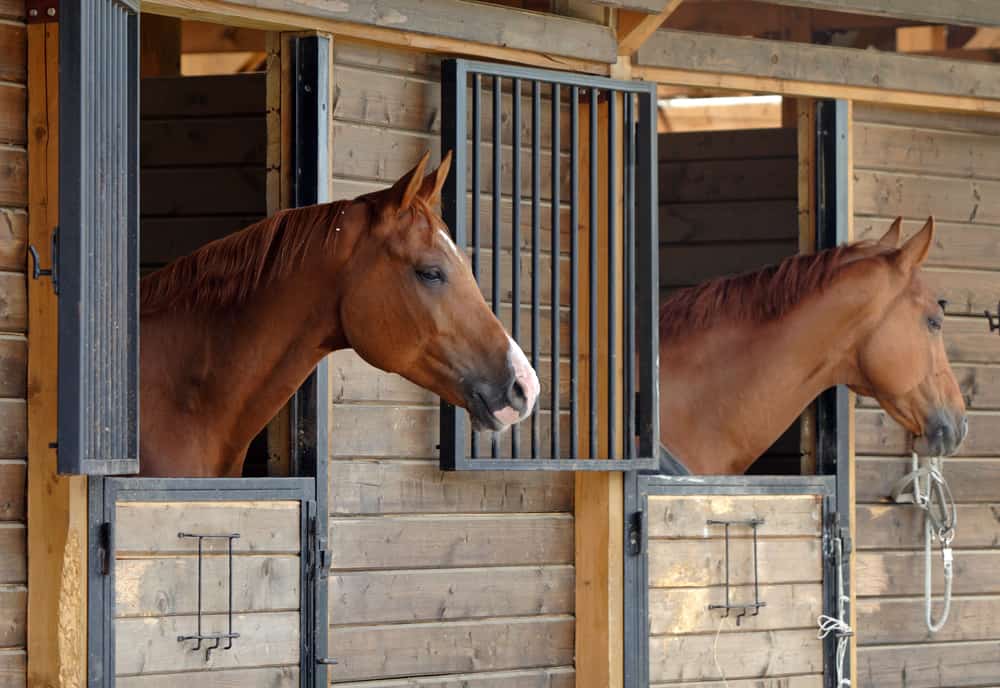
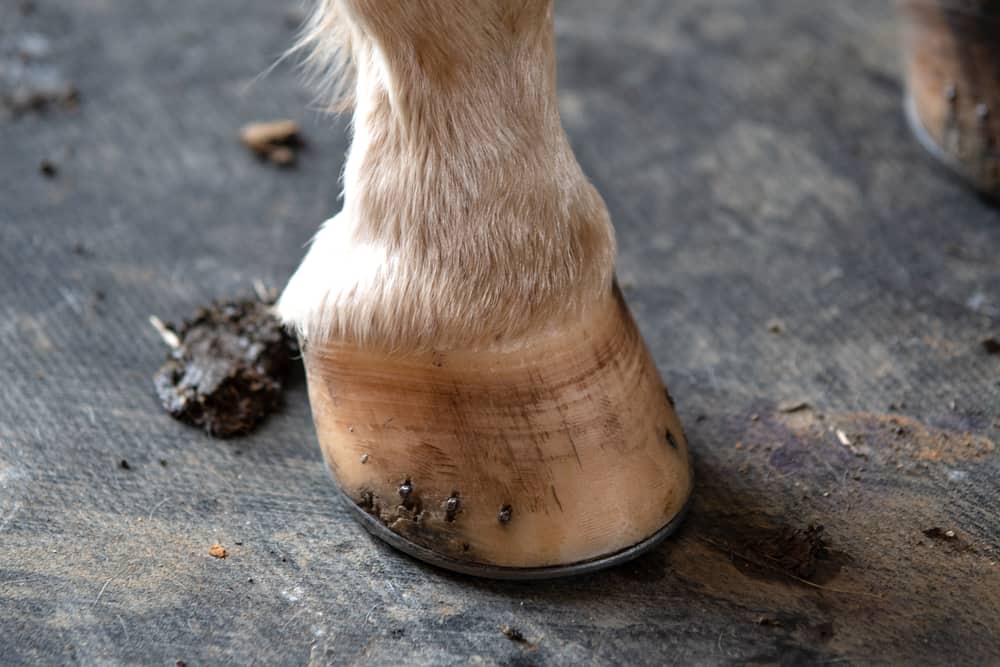








You made a good point when you mentioned that horses need a place to live that can keep them comfortable and safe. I would imagine that it would be important to make sure that your stable provides horses with plenty of room to move around. I would think that horses would get upset if they feel like they are in a cage.